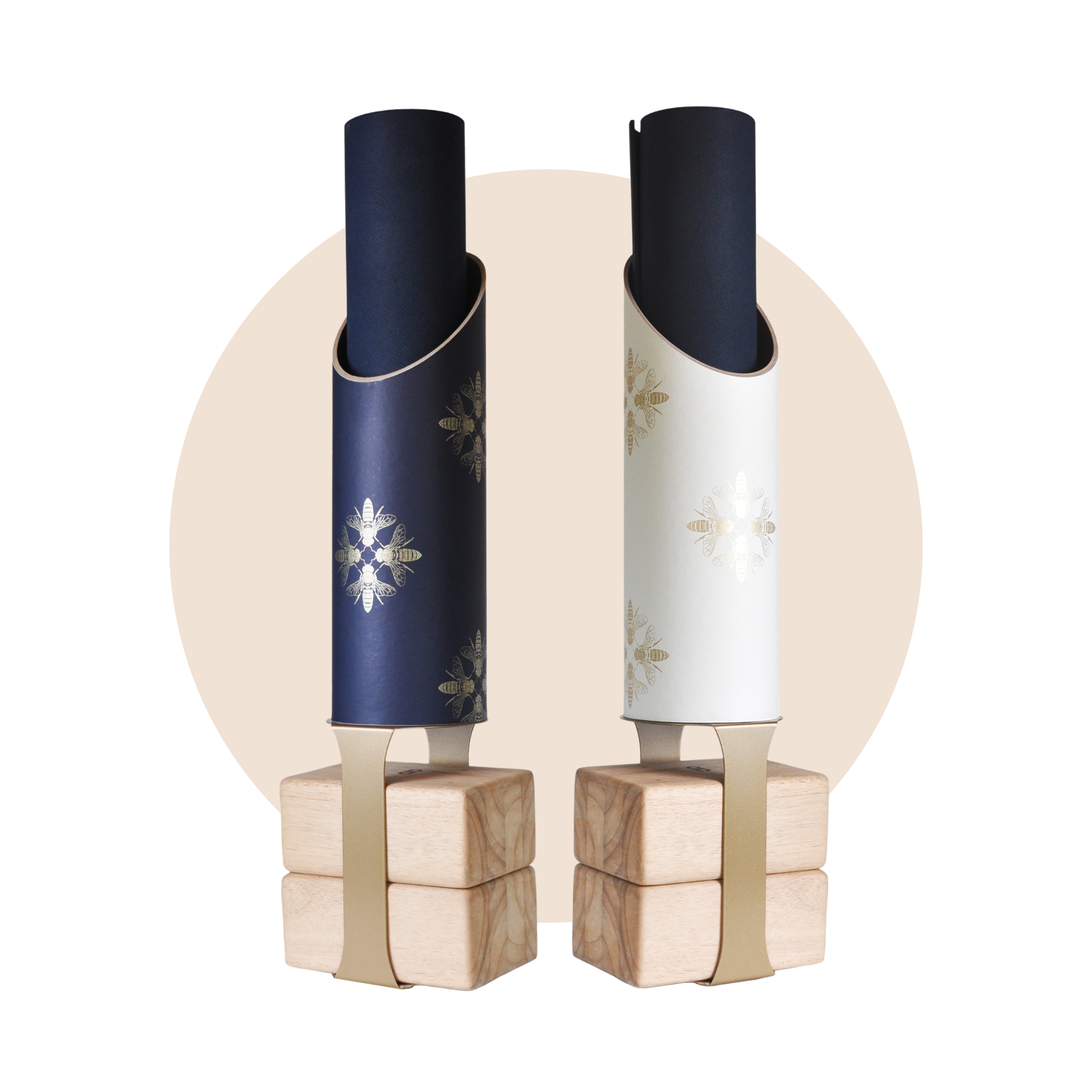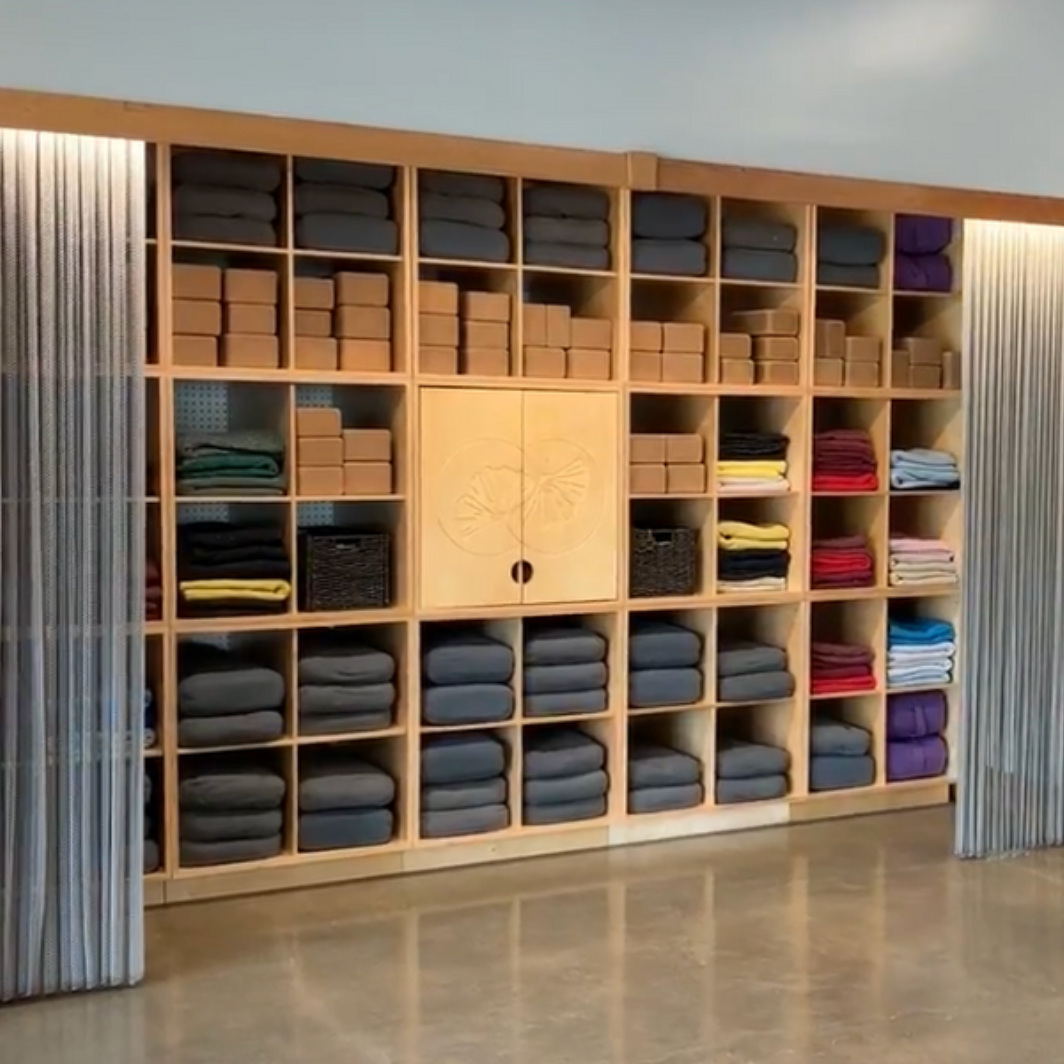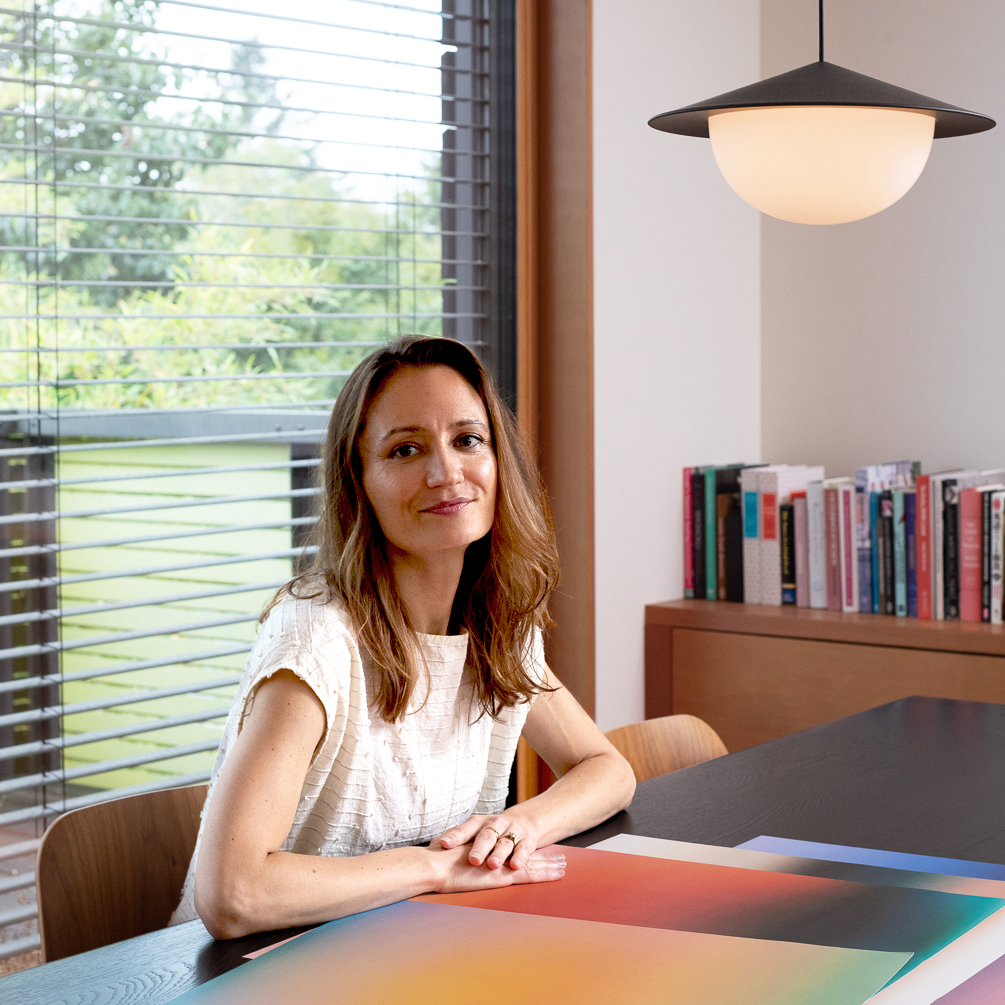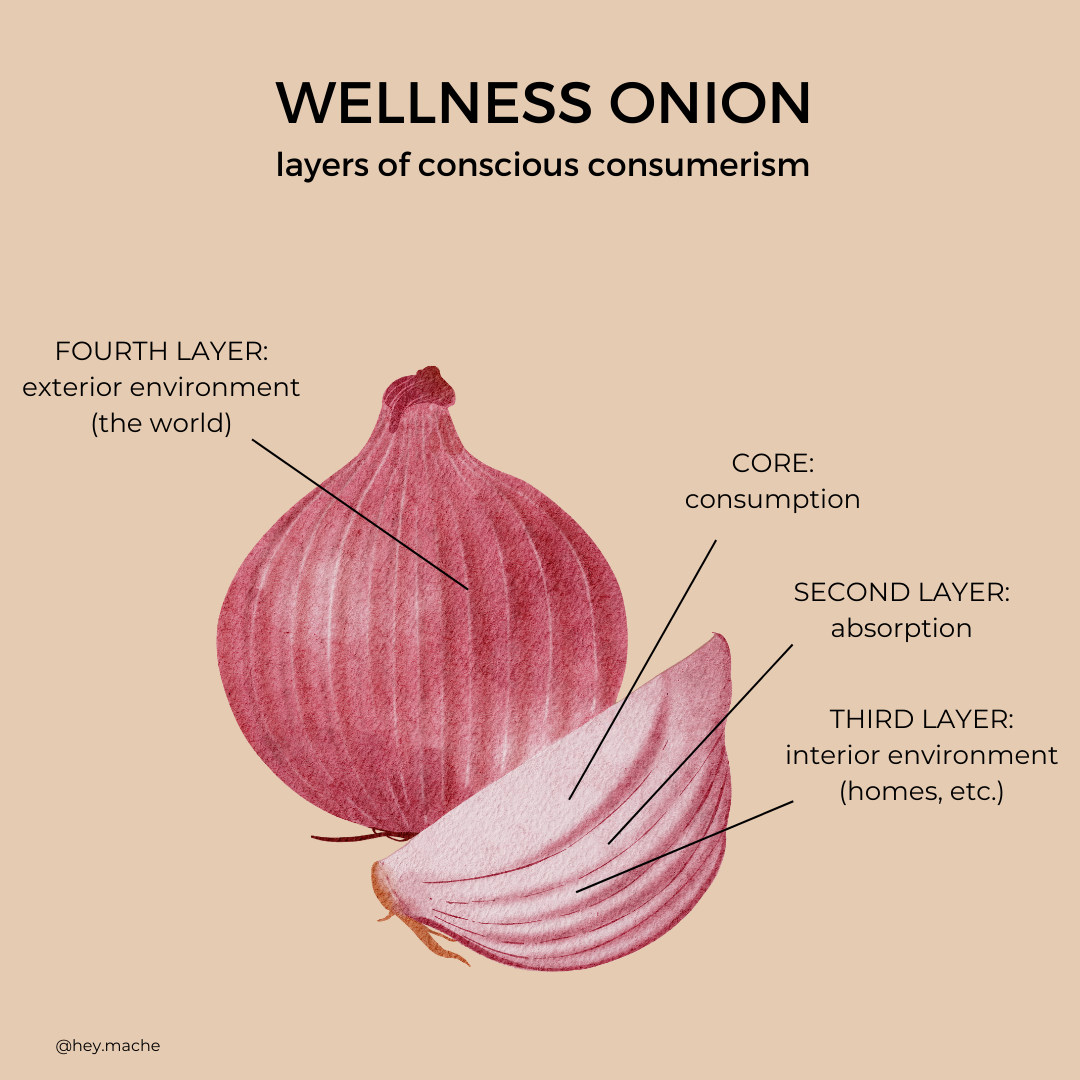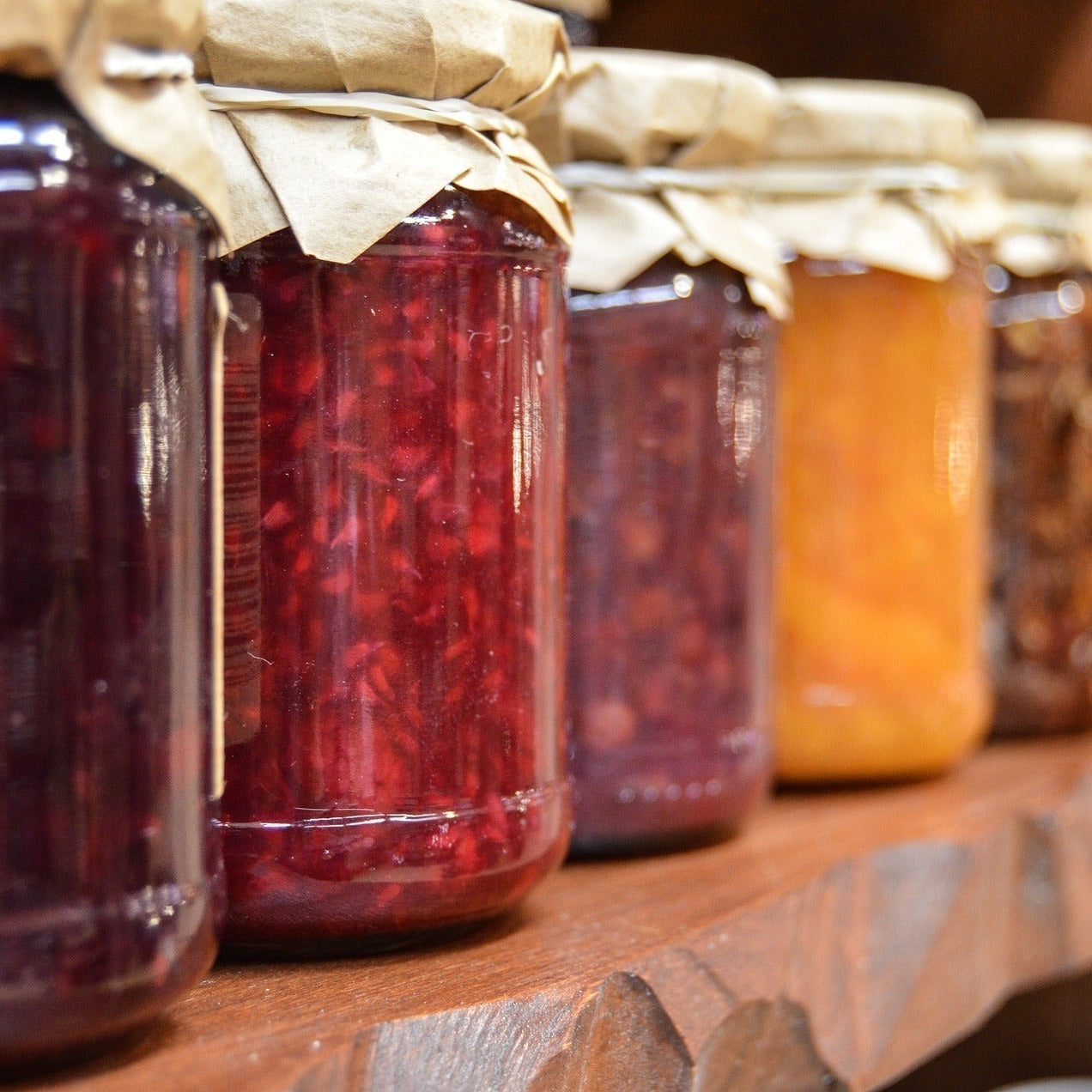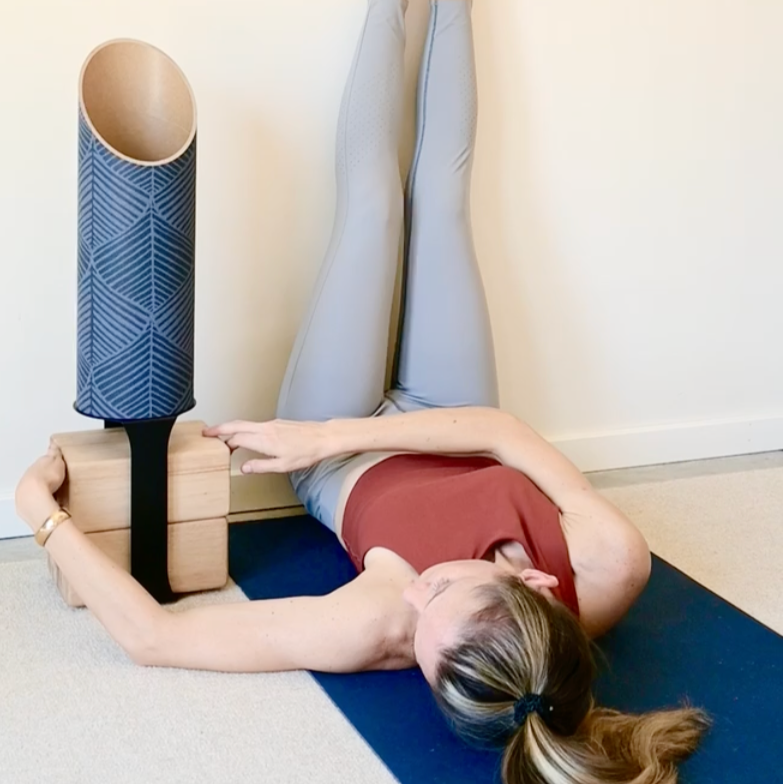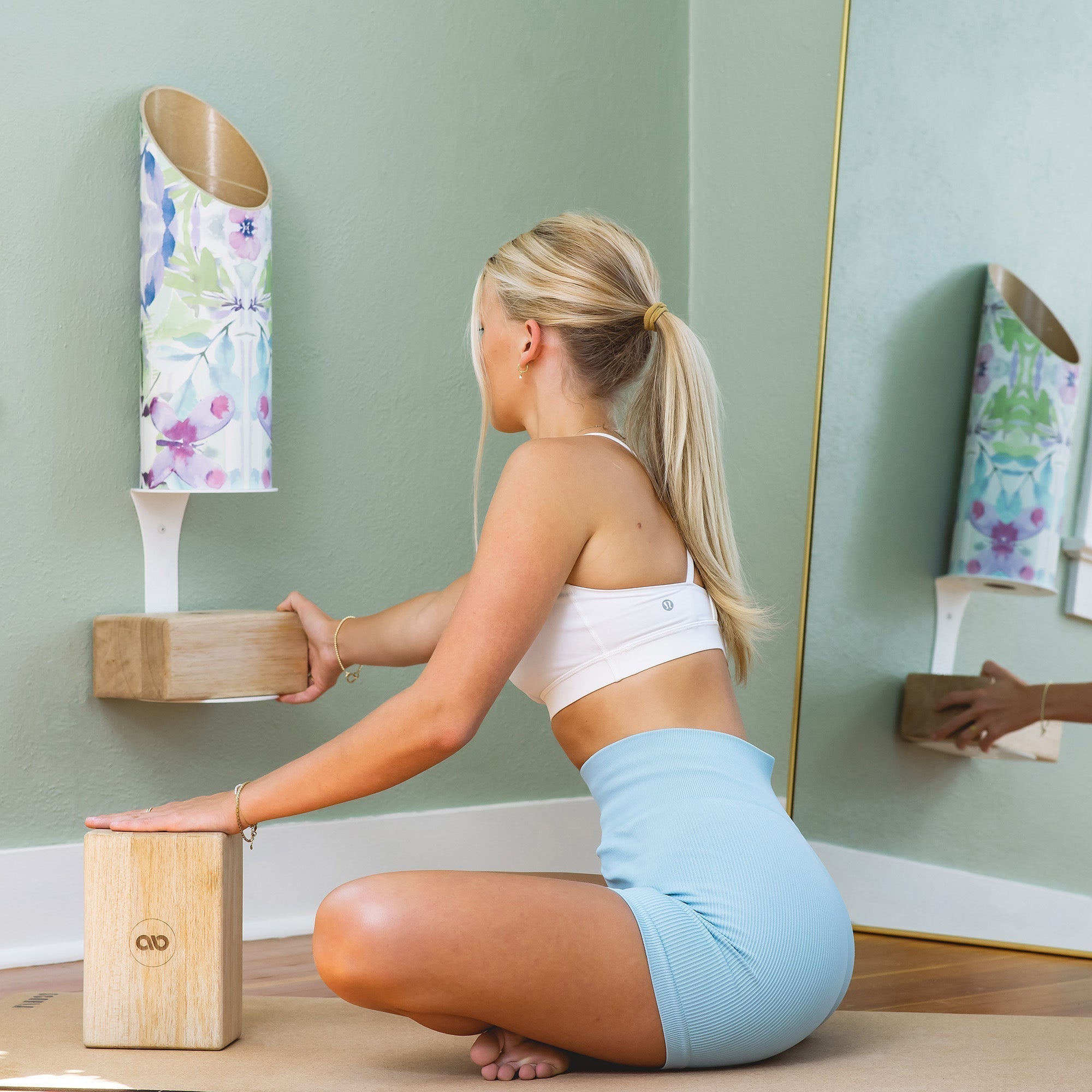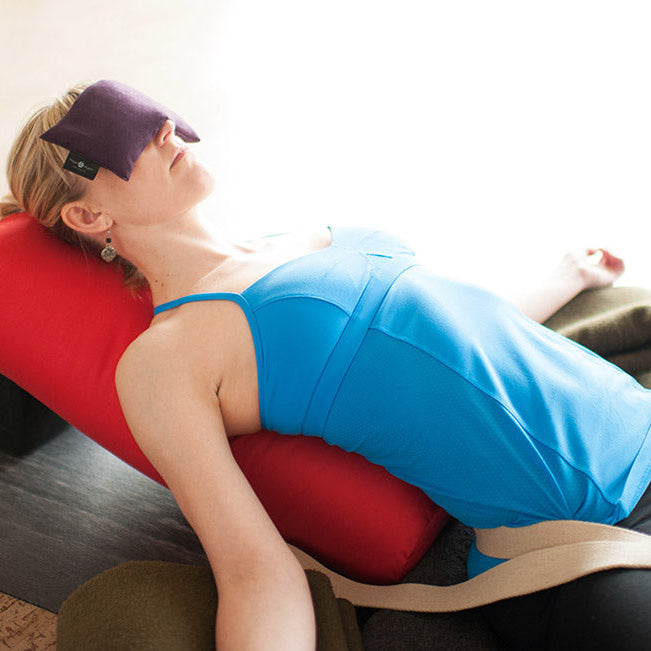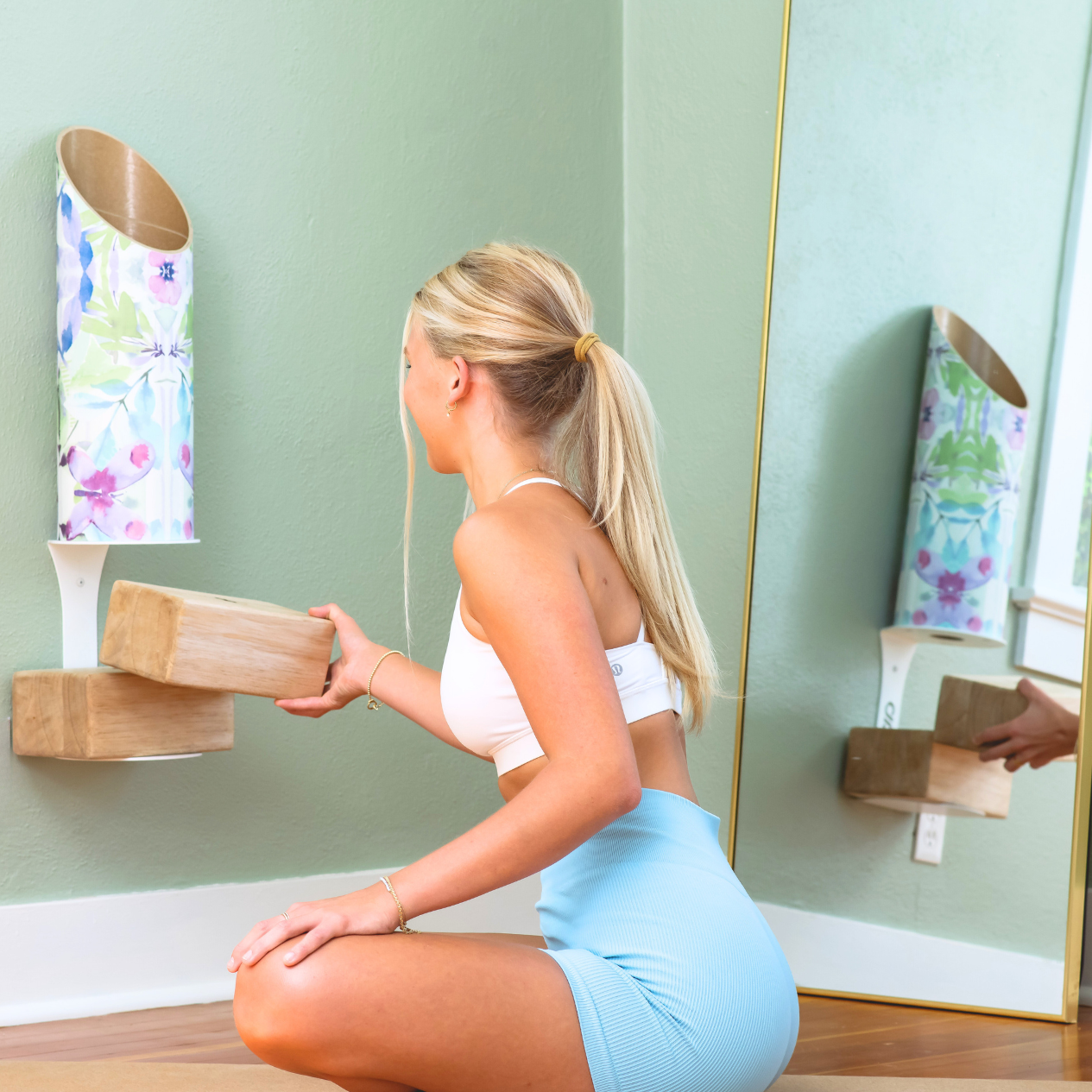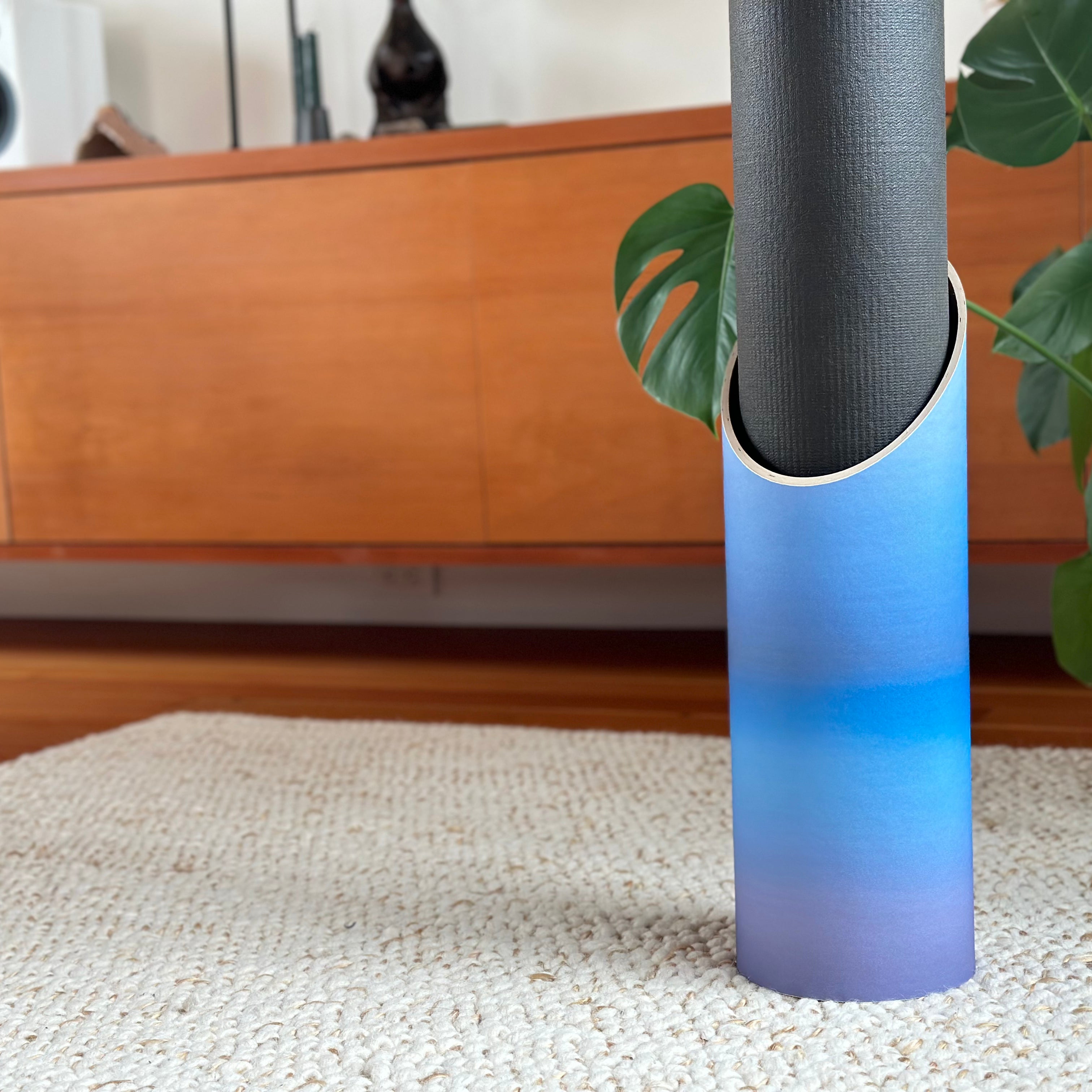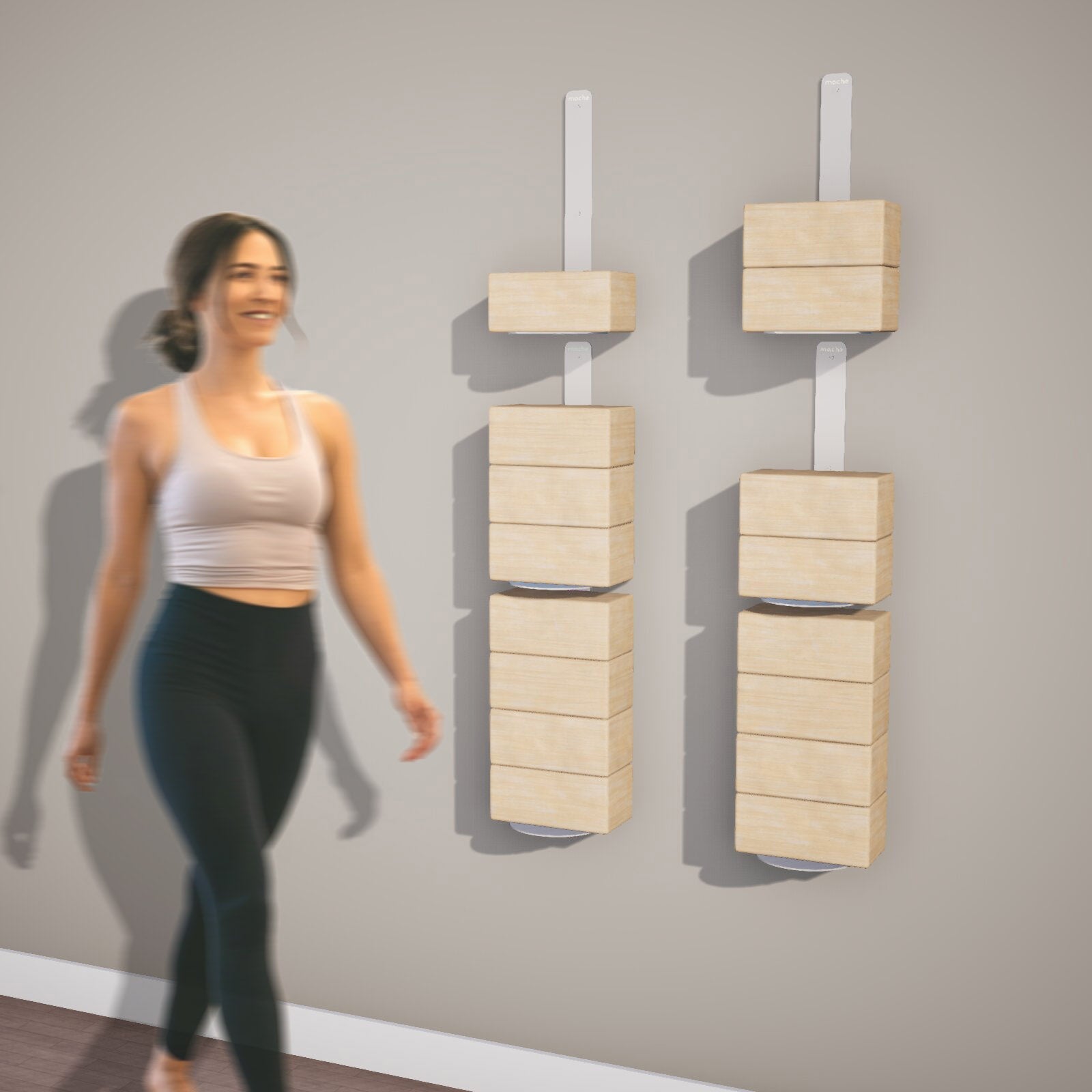Are you looking to create a toxin-free environment in your home? It's time to think beyond organic food and sustainable yoga props. One of the most significant ways you can make a positive impact on your well-being is by incorporating eco-friendly interior design choices. By choosing non-toxic materials, you can reduce your exposure to harmful chemicals and improve your overall health.
At Mache, we understand the importance of toxin-free living, and we're here to help you achieve it. Here are some sustainable and eco-friendly interior design choices to consider for a non-toxic home:

1. Natural Fabrics and Textiles:
When selecting natural fabrics and textiles for your home, it's important to look for materials that are certified organic, GOTS (Global Organic Textile Standard), or OEKO-TEX Standard 100 certified. These certifications ensure that the fabrics have been produced without the use of harmful chemicals and are safe for human use. Organic cotton, for example, is grown without synthetic pesticides or fertilizers, making it a safer option for both the environment and your home. Hemp and linen are also great options, as they are durable, hypoallergenic, and biodegradable.
 image: interior design by Mache's CEO, Brienne Derosier
image: interior design by Mache's CEO, Brienne Derosier
2. Reclaimed Wood:
Use reclaimed wood for flooring, furniture, and accent pieces. Not only does this reduce the demand for new wood, but it also adds natural character and an appreciation of history to your home. It's important to ensure that the wood has been sourced responsibly and that any finishes used on it are non-toxic. Look for wood that has been certified by the Forest Stewardship Council (FSC) or the Sustainable Forestry Initiative (SFI), which ensure that the wood has been harvested sustainably. Be sure to finish your reclaimed wood off with a VOC-free and NAF (no added formaldehyde) vanish or stain, such as those offered by Eco Paints.

3. No-VOC Paint:
Volatile Organic Compounds (VOCs) are harmful chemicals, found in many household paints, that can off-gas into the interior of your home for months and sometimes years. When selecting paint for your home, look for products that are labeled as low-VOC or no-VOC. These paints are made without harmful chemicals like formaldehyde, benzene, and toluene, which can cause respiratory issues and other health problems. It's also important to ensure that any primers or sealers used with the paint are also low or no-VOC.
 image: interior design by Mache's CEO, Brienne Derosier
image: interior design by Mache's CEO, Brienne Derosier
4. Natural Flooring:
Consider natural flooring materials like bamboo, cork, wood, or local stone, and verify that all of your options are renewable, sustainable and/or non-toxic. Bamboo and cork are both renewable and sustainable options, while wood can be sourced responsibly through FSC or SFI certification. Local stone is a durable and long-lasting option that can add natural beauty to your home. When selecting flooring, be sure to look for materials that have been certified as sustainable or eco-friendly.

5. Non-Toxic Cleaning Products:
Traditional cleaning products can contain harmful chemicals like ammonia, chlorine, and phthalates, which can cause respiratory problems, skin irritation, and other health issues. Look for cleaning products that are labeled as non-toxic and made without these harmful chemicals. You can also make your own cleaning products using natural ingredients like vinegar, baking soda, and lemon juice. Here's a helpful list of the top 14 harmful chemical hiding in your cleaning supply cabinet.
It can be challenging to identify unwanted chemicals in today's furnishing and home goods as these products generally do not come with a "nutrition label". This is something we are working to change at Mache, but that's another topic, for another blog. Ideally, when shopping for eco-friendly materials and furnishings, you are looking to avoid what the International Living Future Institute refers to as Red List materials, or "the 'worst in class' materials, chemicals, and elements known to pose serious risks to human health and the greater ecosystem that are prevalent in the building products industry".
If you are looking to find out the "nutrition facts" on any particular material or product, it's best to reach out to the product manufacturer to request that they can provide you with a SDS, Safety Data Sheet (formerly known as MSDS, Material Safety Data Sheet). This sheet will outline for you precisely the ingredients of a product and which hazardous chemicals may be present, its physical and chemical characteristics (e.g. flammability, explosive properties), its effect on human health, among other things.
By incorporating eco-friendly interior design choices, you can create a safe and healthy home environment for you and your family. At Mache, we're committed to sustainability and toxin-free living, and we believe that everyone deserves a healthy home. Need additional guidance in creating a non-toxic home? Our CEO, Brienne Derosier, offers virtual wellness design consultations! Join us in our mission to make the world a better place, one sustainable choice at a time. Making eco-friendly choices doesn't mean sacrificing style or comfort. With Mache's sustainable and playful yoga props and storage, you can achieve a toxin-free and stylish home gym that reflects your values.

